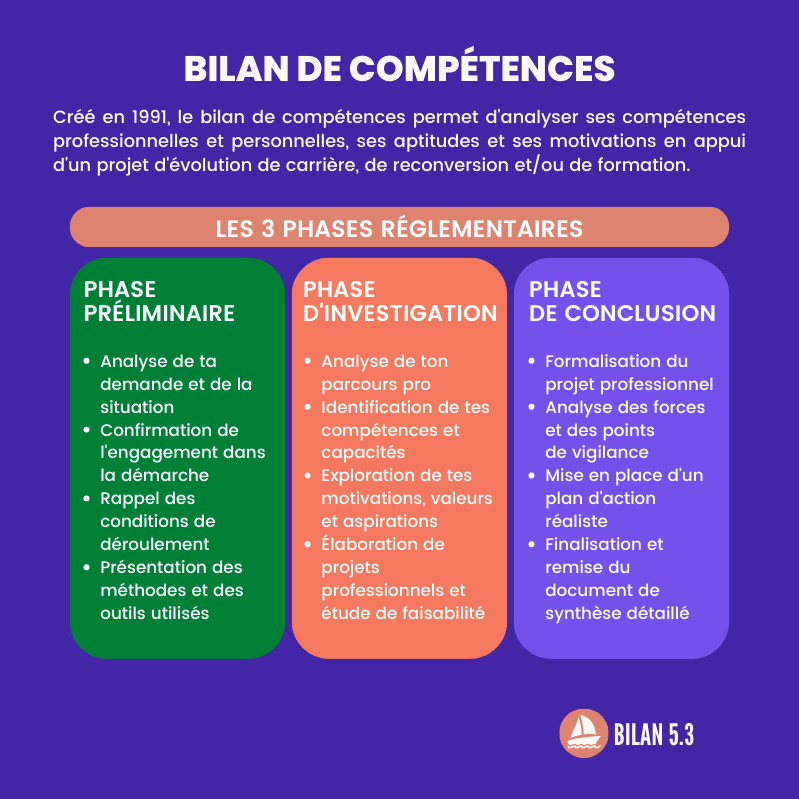Developed by researchers at Queen Mary University of London, this tool is able to automatically measure the amount of fat present around the heart from MRI images, and could thus prevent the risk of diabetes.

- Although it is a factor in the onset of diabetes, the fat surrounding the heart could not previously be measured.
- This new artificial intelligence tool can, in three seconds, estimate the amount of fat surrounding the heart by analyzing MRI images.
Also called non-insulin-dependent diabetes, type 2 diabetes is characterized by an abnormally high and chronic level of sugar in the blood. This hyperglycemia is due to a lack of insulin, a hormone produced by the pancreas, which naturally regulates the level of glucose present in the blood. In France, 90% of diabetics are affected by this insidious disease, which can have a genetic origin, but can also be caused by an unbalanced diet, a lack of physical activity or even being overweight.
Reliable measurement of fat around the heart
Previous studies have already shown that the distribution of fat in the body can influence the risk of developing various diseases, including diabetes. If a high body mass index (BMI) can be an indicator, it would seem that it is in particular the accumulation of fat around the heart which is a predictive factor of diabetes or cardiovascular disease.
The problem is that measuring the amount of fat around internal organs is, for the time being, still impossible, as Dr. Zahra Raisi-Estabragh from Queen Mary University of London points out: “Unfortunately, manually measuring the amount of fat around the heart is difficult and time-consuming. Therefore, to date, no one has been able to investigate it extensively in studies involving large large groups of people.”
To overcome this problem, his team of researchers has developed an artificial intelligence tool capable, from MRI scanner images, of automatically measuring, and in less than 3 seconds, the amount of fat surrounding the heart. The findings have just been published in Frontiers in Cardiovascular Medicine.
“This tool can be used by future researchers to learn more about the links between fat around the heart and disease risk, but also potentially in the future, as part of standard patient care in hospital. “says Dr. Raisi-Estabragh.
Improve patient care
To develop this tool, the research team tested its algorithm’s ability to interpret cardiac MRI images from over 45,000 people, including participants at the UK Biobank. Very precise, it is able to determine the amount of fat around the heart on these images, but also to calculate a patient’s risk of diabetes.
According to Prof. Steffen Petersen, who oversaw the project, “this new tool has great utility for future research and, if clinically useful, could be applied in clinical practice to improve patient care”.

.















